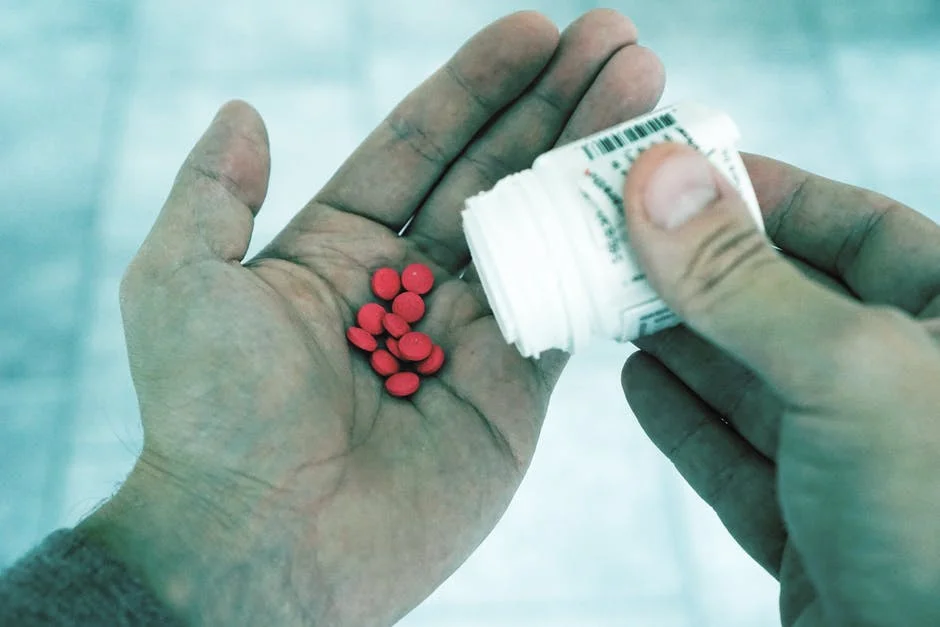Stevens-Johnson syndrome and toxic epidermal necrolysis are severe cutaneous hypersensitivity reactions. Drugs, especially sulfa drugs, antiepileptic’s, and antibiotics, are the most common causes. Macules rapidly spread and coalesce, leading to epidermal blistering, necrosis, and sloughing. Diagnosis is usually obvious by appearance of initial lesions and clinical syndrome. Treatment is supportive care; cyclosporine, plasma exchange or IVIG, and early pulse corticosteroid therapy have been used. Mortality can be as high as 7.5% in children and 20 to 25% in adults but tends to be lower with early treatment.
SJS and TEN are clinically similar except for their distribution. By one commonly accepted definition, changes affect < 10% of body surface area in SJS and > 30% of body surface area in TEN; involvement of 15 to 30% of body surface area is considered SJS/TEN overlap.
The disorders affect between 1 and 5 people/million. Incidence, severity, or both of these disorders may be higher in bone marrow transplant recipients, in Pneumocystis jirovecii–infected HIV patients, in patients with SLE, and in patients with other chronic rheumatologic diseases.
Rehmus, Wingfield E., MD. MPH. "Stevens-Johnson Syndrome (SJS) and Toxic Epidermal Necrolysis (TEN) - Dermatologic Disorders." Merck Manuals Professional Edition. N.p., n.d. Web. 09 Mar. 2017.


